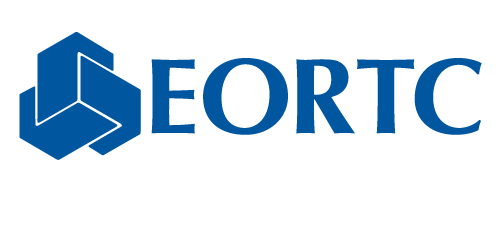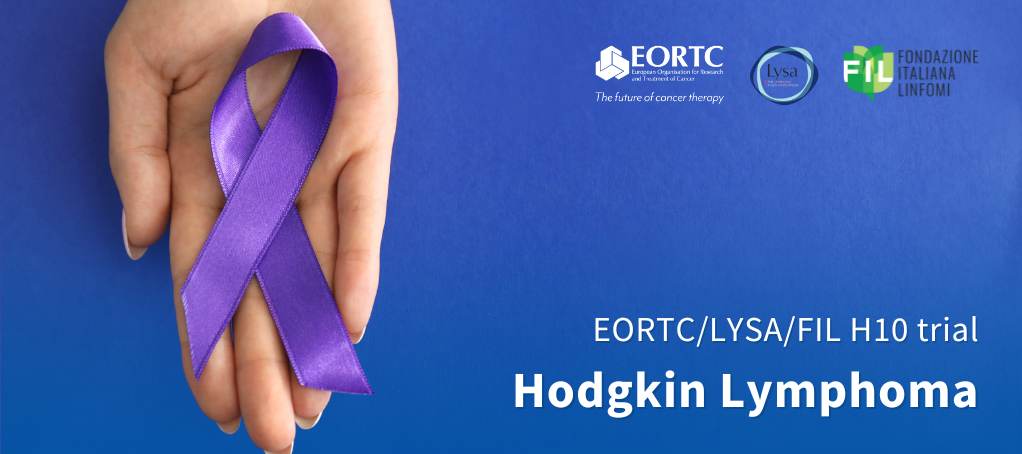Long-term efficacy and safety outcomes of the EORTC/LYSA/FIL H10 trial assessing early PET-scan adapted treatment of limited stage Hodgkin lymphoma
16 Jun 2023
The treatment of patients with early stages of Hodgkin lymphoma (HL) with a combination of chemotherapy and radiotherapy is usually successful, with a 90% cure rate. Researchers continue to look for ways of further improving tumour control while also aiming to reduce the toxicities caused by treatments. The EORTC/LYSA/FIL H10 trial randomised early-stage HL patients into two groups: the first received ABVD1 chemotherapy followed by involved-node radiotherapy (INRT, where only the lymph nodes originally involved are treated) regardless of their early PET scan result (early PET is the repeat scan after two cycles of ABVD). In the second, early PET-negative patients (those whose tumours were no longer visible on a scan) received ABVD only, to assess whether omitting INRT results was not detrimental in terms of disease outcome while reducing toxicity. Those who were early PET positive (with still-visible tumours) switched to intensified treatment with BEACOPP2 chemotherapy followed by INRT, to assess whether treatment intensification resulted in improved disease outcomes.
The long-term results presented relate to the 1,419 patients analysed, out of the total 1,925 in the main study analysis conducted at five-year follow-up. Results from the 10-year follow-up, presented at the International Conference on Malignant Lymphoma in Lugano, Switzerland, show that early PET-negative patients who did not receive the INRT had a lower progression-free survival time than those who received INRT. This applies especially to patients with initial favourable prognostic characteristics. However, long-term overall survival did not differ between patients with and without INRT.
At the five-year follow-up, the patients in the early PET-positive group showed significant benefit from the intensification of chemotherapy, with a five-year PFS improvement of 14%. But at 10 years, this benefit was no longer significant, with a 10-year PFS difference of only 6%. “However, the good news is that neither INRT nor the switch to the BEACOPP regime was associated with an increase of late toxicities,” says study leader Dr Massimo Federico, from the Fondazione Italiana Linfomi, Alessandria, Italy.
1. ABVD chemotherapy is a combination of doxorubicin hydrochloride, bleomycin, vinblastine, and dacarbazine
2. BEACOPP is a combination of bleomycin, etoposide, doxorubicin, cyclophosphamide, procarbazine, vincristine, and the steroid prednisolone
Related News
Meet the new EORTC Board
9 Jul 2024
We are pleased to announce the release of the EORTC 2023 Annual Report
17 Jun 2024
Dr Denis Lacombe, EORTC CEO, appointed stakeholder co-chair of ACT EU advisory group
24 May 2024
Clinical Trials Day 2024: a Q&A on pragmatic clinical trials
20 May 2024
EORTC/EMA workshop suggests an international way forward for treatment optimisation studies
8 May 2024
EORTC’s Participation at the ESTRO Congress 2024
29 Apr 2024
EORTC: Advancing research and treatment for rare cancers
29 Feb 2024
EORTC Fellowship Programme: celebrating more than 20 years of impactful collaboration
22 Feb 2024
Appointment of Malte Peters as EORTC Strategic Alliance Officer
9 Feb 2024
Unique series of workshops in partnership with the European Medicines Agency (EMA)
7 Feb 2024


